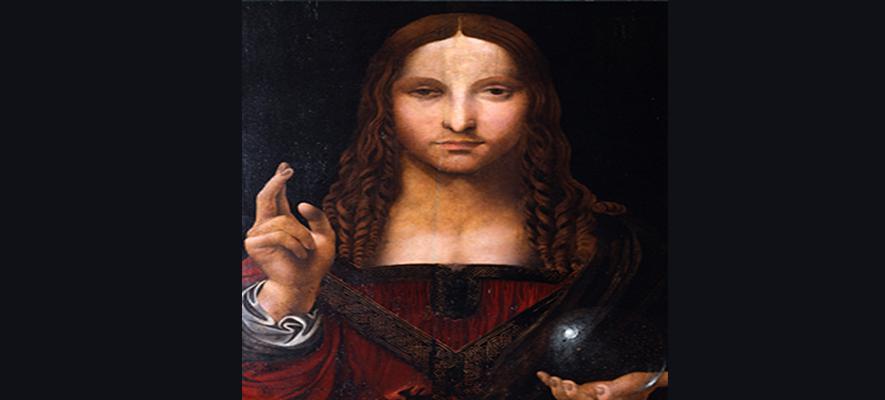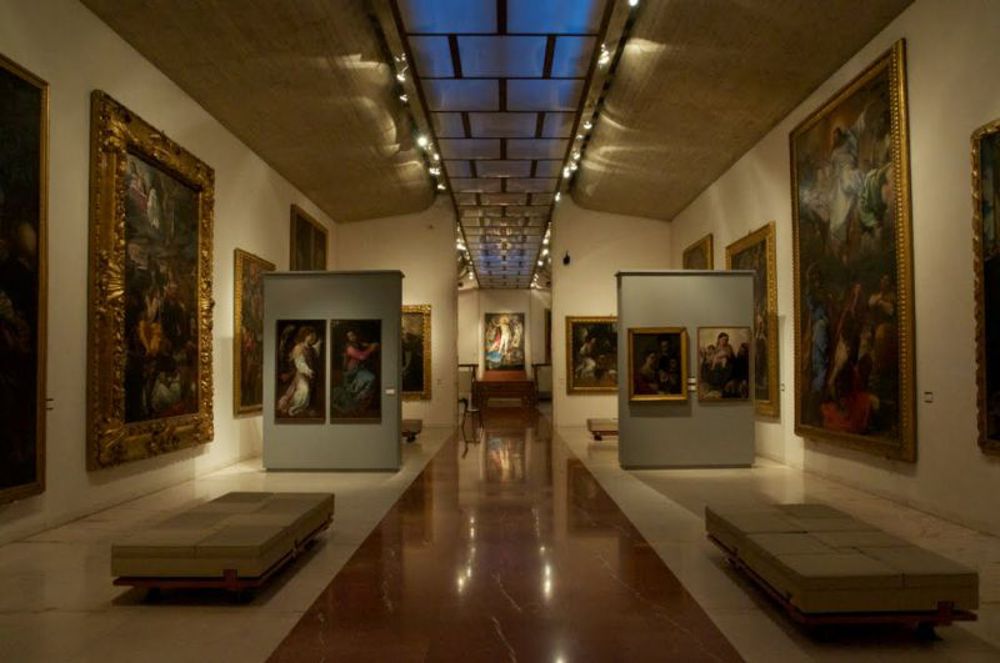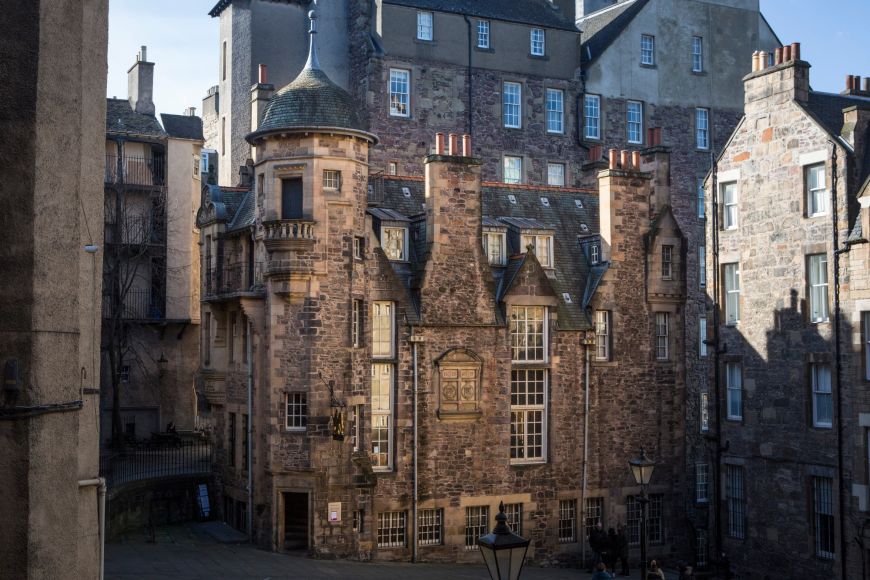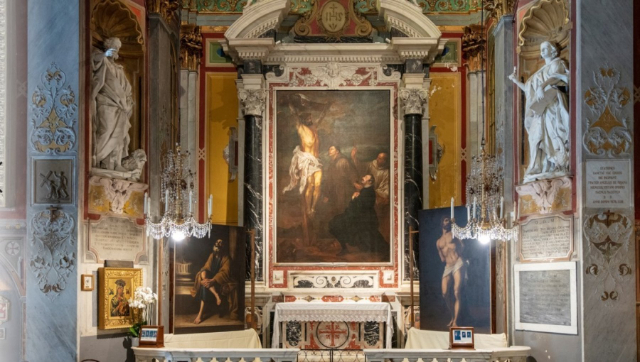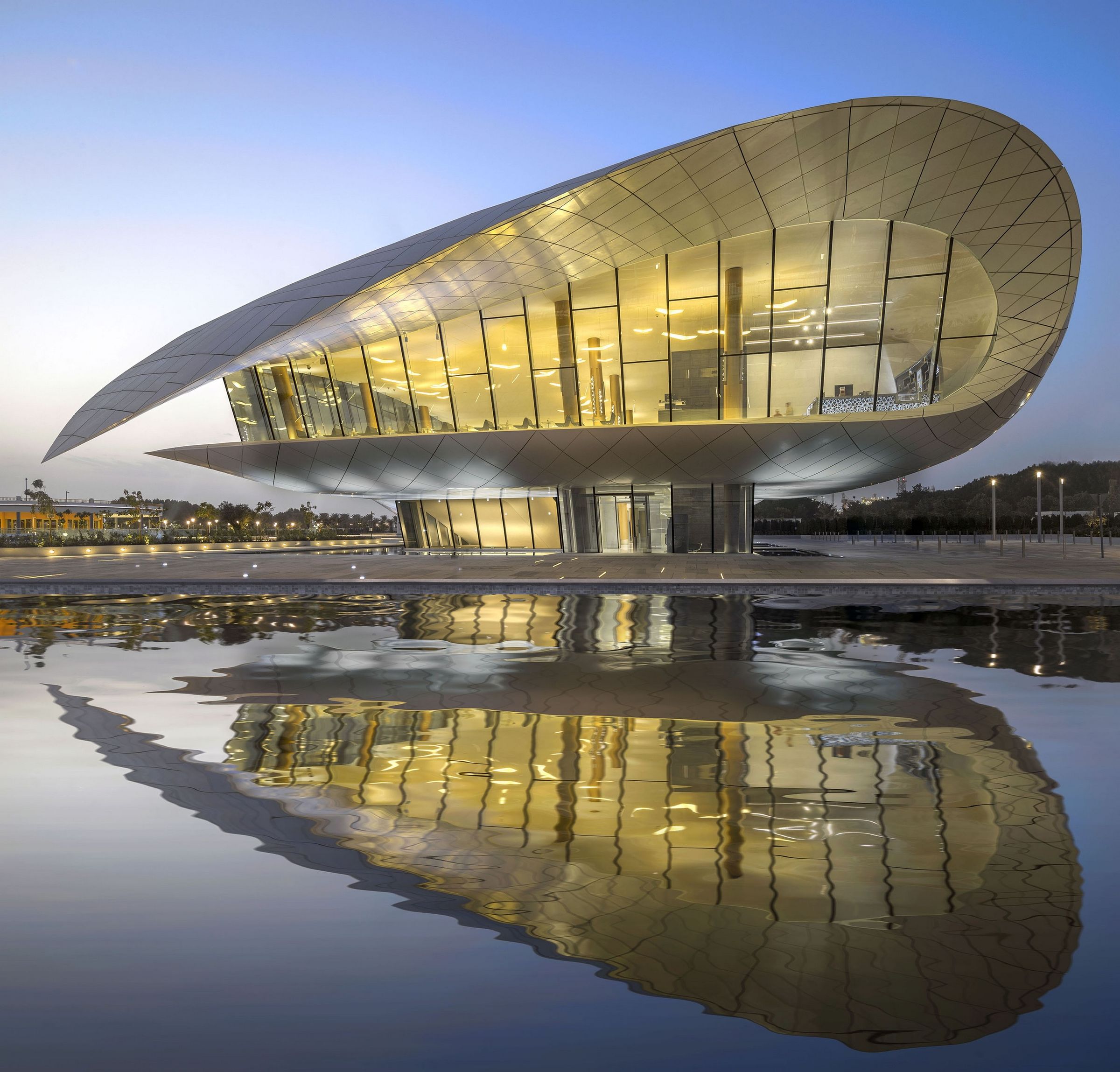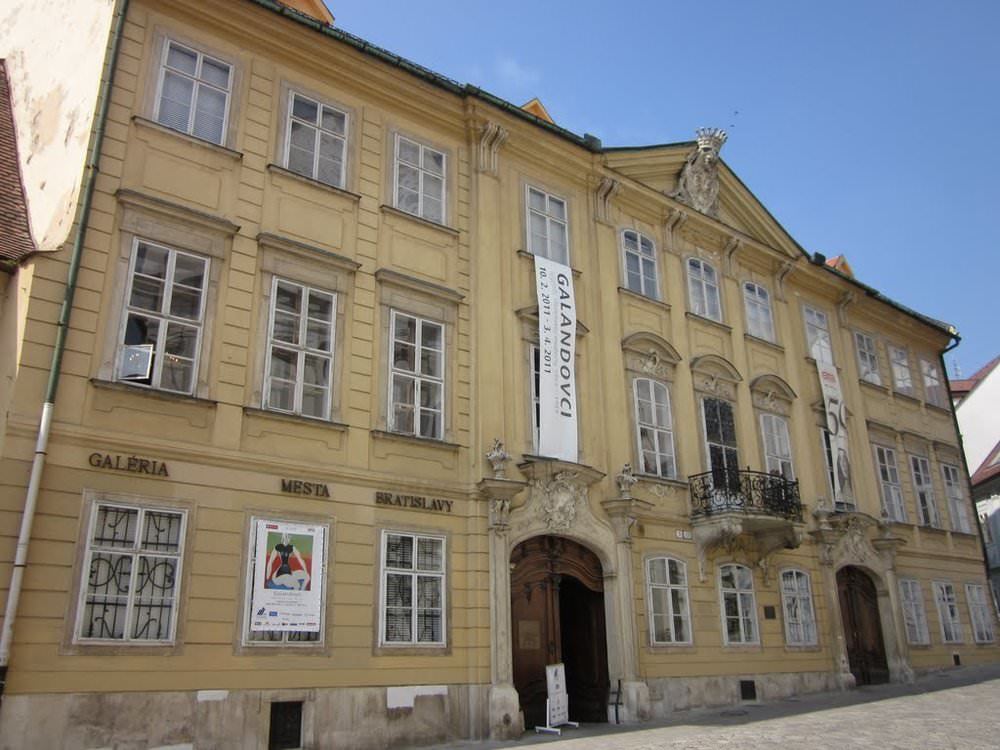Rumors have recently leaked out about the discovery in America of an unpublished painting attributable to Leonardo.
The fact is shocking, especially since Leonardo was certainly not a prolific author in painting.
This "new" panel will be exhibited in London from November in an extraordinary event evocative of Leonardo’s activity at the Court of Milan.
At the first, and decidedly disconcerting, black-white, pre-restoration images of the American work, thoughts wandered far from such an author. Carlo Pedretti, guru of the Ministerial Commission for the National Edition of Leonardo Da Vinci’s Manuscripts and Drawings, so far rules out any possibility of attributing this work to Leonardo, but claims to have seen it nothing but in photographs.
The Salvator Mundi of the Muscettola Chapel of San Domenico Maggiore The Salvator Mundi of the Muscettola Chapel of San Domenico Maggiore
In very recent times an Art scholar, director of a museum in Lucania but a Neapolitan by birth and culture, having observed an old photograph of a painting, of the same subject, for five centuries kept in the Church of San Domenico Maggiore in Naples, set out to see the work directly.
He encountered innumerable difficulties, but he managed to see and photograph it, even being able to measure it and conducting those few investigations granted in a first, and alas unique, reconnaissance that the scholar performs when he sees a work for the first time.
Nicola Barbatelli, however, that image of the Salvator Mundi had carried it in his heart, at first it was nothing more than putting together two historical news, the first that Leonardo painted a "Salvator Mundi," which today we do not know where it ended up, but whose memory is transmitted to us by an engraving by Wenceslaus Hollar datable around 1650 and the second news, that in the Church of San Domenico Maggiore in Naples, there is preserved a painting depicting a "Salvator Mundi" purchased by Antonio Muscettola, secretary of Charles V°.
In 1983, on the occasion of a Neapolitan exhibition on Leonardo, a black-and-white photograph of the work had been published in the catalog, which historically had always been in the Muscettola Chapel in San Domenico Maggiore, as recalled by seventeenth- and eighteenth-century sources.
But looking for it in the Muscettola Chapel, Barbatelli cannot find it-the painting has disappeared! He then began a full-fledged search inside the Dominican Church itself, which after months would allow the technical-scientific rendezvous we reported on above.
Even Pedretti, recently titillated by the appearance of the American Leonardo, which we can name Simon after the surname of the antiquarian who claims to own it, said "…there is still more on the art market" , an undoubtedly sibylline but titillating phrase for a researcher.
The Salvator Mundi of the Simon Table The Salvator Mundi of the "Simon Table"
Just in the last few days an image of the Simon painting has been circulated after restoration, a highly suggestive image that certainly does not allow, looking for its author, to stray very far from Leonardo himself, as already as many as four art historians, specialized in Leonardo’s subject, have confirmed.
Moreover, even the image of the Muscettola painting, in the Neapolitan Church of San Domenico Maggiore, does not deviate much from the Hollar engraving and the Simon panel.
But to prudence must induce us a well-known event: Pedretti himself, in the 1950s, had credited as very close to Leonardo another version of the "Salvator Mundi" known as De Ganay, from the name of the old propietary, a work now passed among those of the workshop, without any qualms.
However, in this complex affair the existence of another work of the same subject and of great quality, the painting reported in Warsaw in 2006 and attributed to Marco d’Oggiono, must be taken into account.
This painting, with certainty not descended from the Leonardo archetype handed down to us from the Hollar engraving, changes its posture, the adolescent age of the subject, and the sphere no longer made of transparent glass but a small globe.
But, as well, this painting is to be kept in mind in this attributive maelstrom, because of the high quality of the workmanship, high but certainly not Leonardo’s hand, but rather that of a painter very close to him and talented who interpreted subjects and copies derived from the Master, leaving his different personality in full evidence.
Finally, it seems appropriate to me also to point out two other paintings by Leonardo’s followers, again of the same subject, which refer with talented originality to the Master’s works and which could
The Salvator Mundi attributed to Marco d’Oggiorno The Salvator Mundi reported in Warsaw in 2006 and attributed to Marco d’Oggiorno
suggest a Portfolio of names and painterly personalities to be investigated in order to give a certain authorship to the Neapolitan painting: the "Salvator Mundi" by Giovan Pietro Rizzoli known as Giampietrino, from the Puskin Museum in Moscow and the "Salvador Mundi" attributed to Bernardino Luini kept at the Pinacoteca Ambrosiana and finally the "Female Image" also by the same author kept at the Hermitage in St. Petersburg, works all dating from around 1525.
Finally, in this whirlwind tour of paintings, three "recommendations" to insiders, especially Italians, should be emphasized.
Have the Neapolitan panel resurfaced and properly studied, currently still dispersed within the "casciaforte" (i.e., Naples), a panel certainly in the Leonardesque orbit and attributable at least to Cesare Da Sesto.
